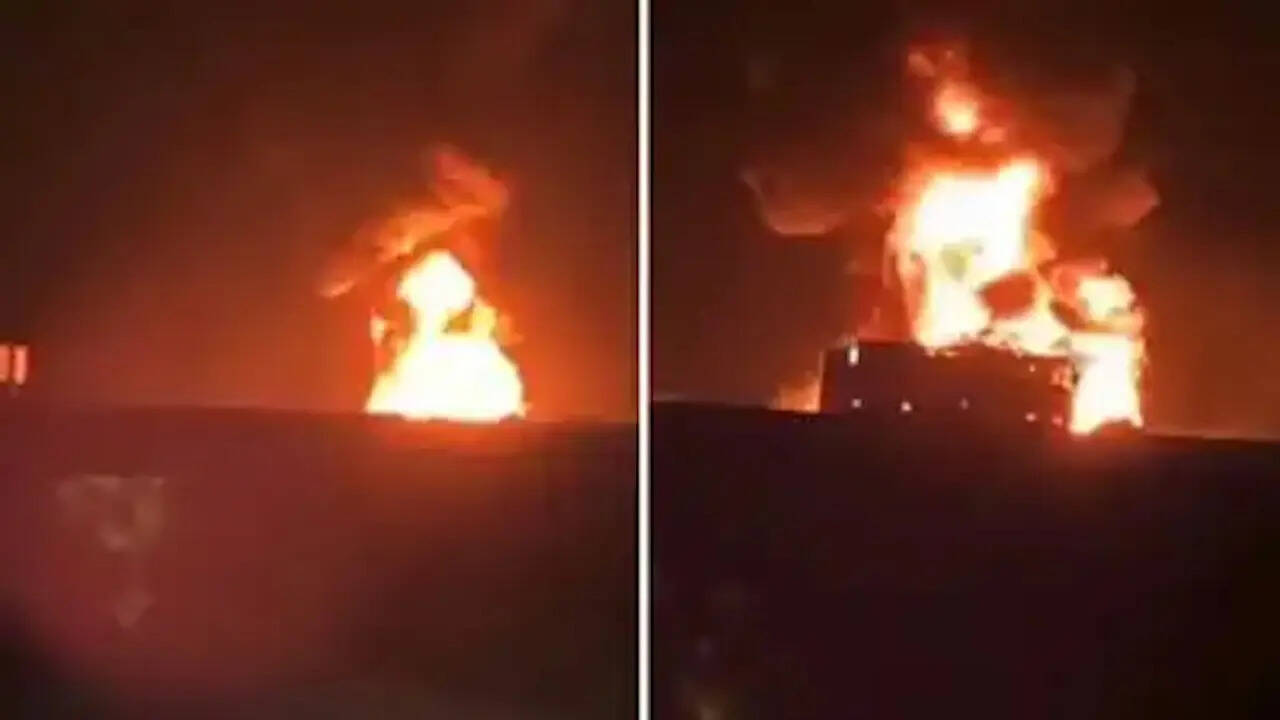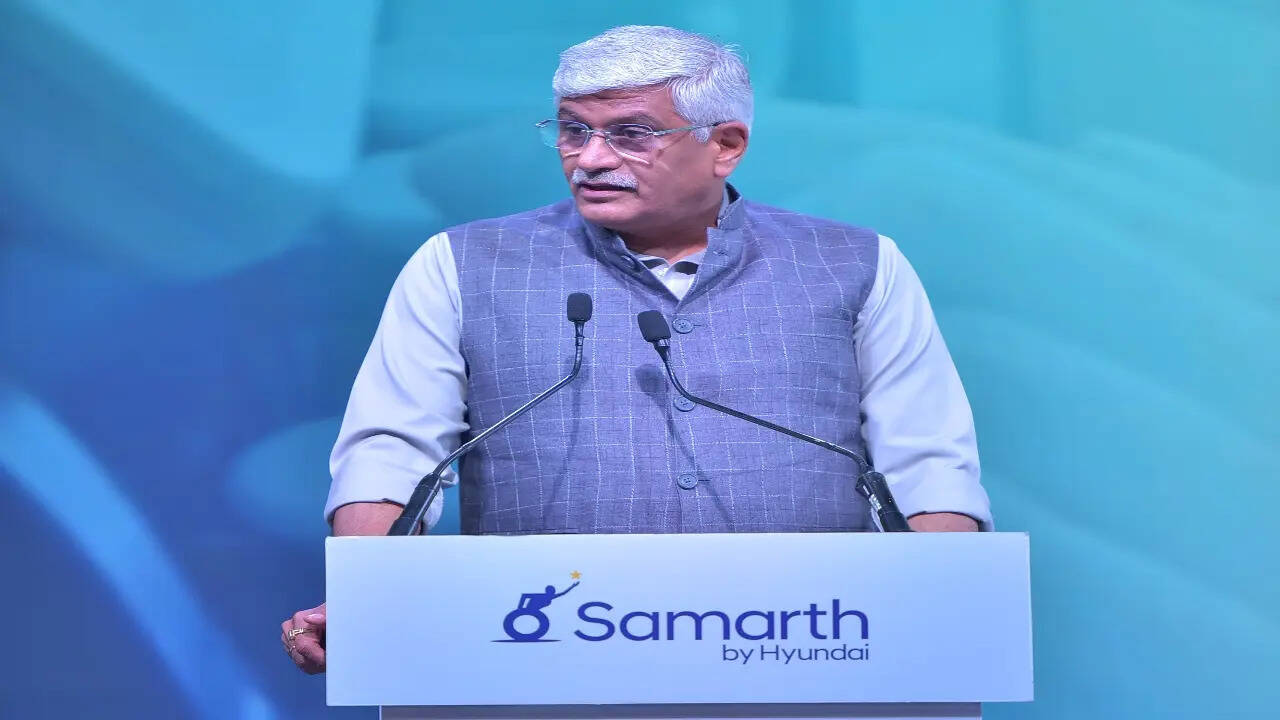The explosion that ripped through the premises of the Nowgam Police Station in Jammu and Kashmir is now being viewed by top intelligence officials as a major attack averted. According to senior sources familiar with the forensic inputs, the blast was the result of chemically unstable ammonium nitrate that had already been converted into a high-grade explosive — revealing that a major terror strike may have been thwarted before it even began.
Investigators say the material recovered from the suspected terror module was not ordinary fertiliser-grade ammonium nitrate, but an advanced, chemically altered mix. Sources indicate that Delhi bomber Umar and others involved in the module in Algalah had already pushed the chemical past the stability threshold.
This instability, they say, is a critical sign that the group had completed most stages of turning the compound into a potent explosive, including mixing fuel or sensitising agents. The batch was reportedly at a stage where it was close to being packed into an improvised explosive device (IED).
What has alarmed agencies further is the behaviour of the material itself. The ammonium nitrate detonated on its own even before forensic teams could collect samples, demonstrating that it had reached an extremely volatile stage. Officials describe it as a formulation capable of releasing massive energy even without a detonator, something seen only in advanced explosive preparations. The chemical profile, according to preliminary assessments, mirrors the type of material used in large IEDs—such as vehicle-borne bombs or pressure cooker devices used in high-impact terror attacks.
This premature explosion, intelligence officers believe, may have inadvertently disrupted a much larger operation. Early inputs suggest the module was preparing a device that could have been moved out of Kashmir, with Delhi or other major cities considered potential targets. This pattern resembles earlier terror modules that attempted to transport assembled or partially assembled IEDs out of the Valley.
Experts warn that had the unstable batch been planted in confined urban spaces — Delhi markets, metro corridors, parking areas — the resulting fireball and pressure wave could have caused casualties on a scale five to ten times higher than typical ammonium-nitrate based devices.
For now, officials are treating the blast as both a warning and an opportunity. The early interception of the module, combined with the accidental detonation of the volatile material, appears to have prevented a major strike in the national capital. The instability of the compound, they emphasise, is proof that the plotters were dangerously close to assembling a fully operational explosive device.


















